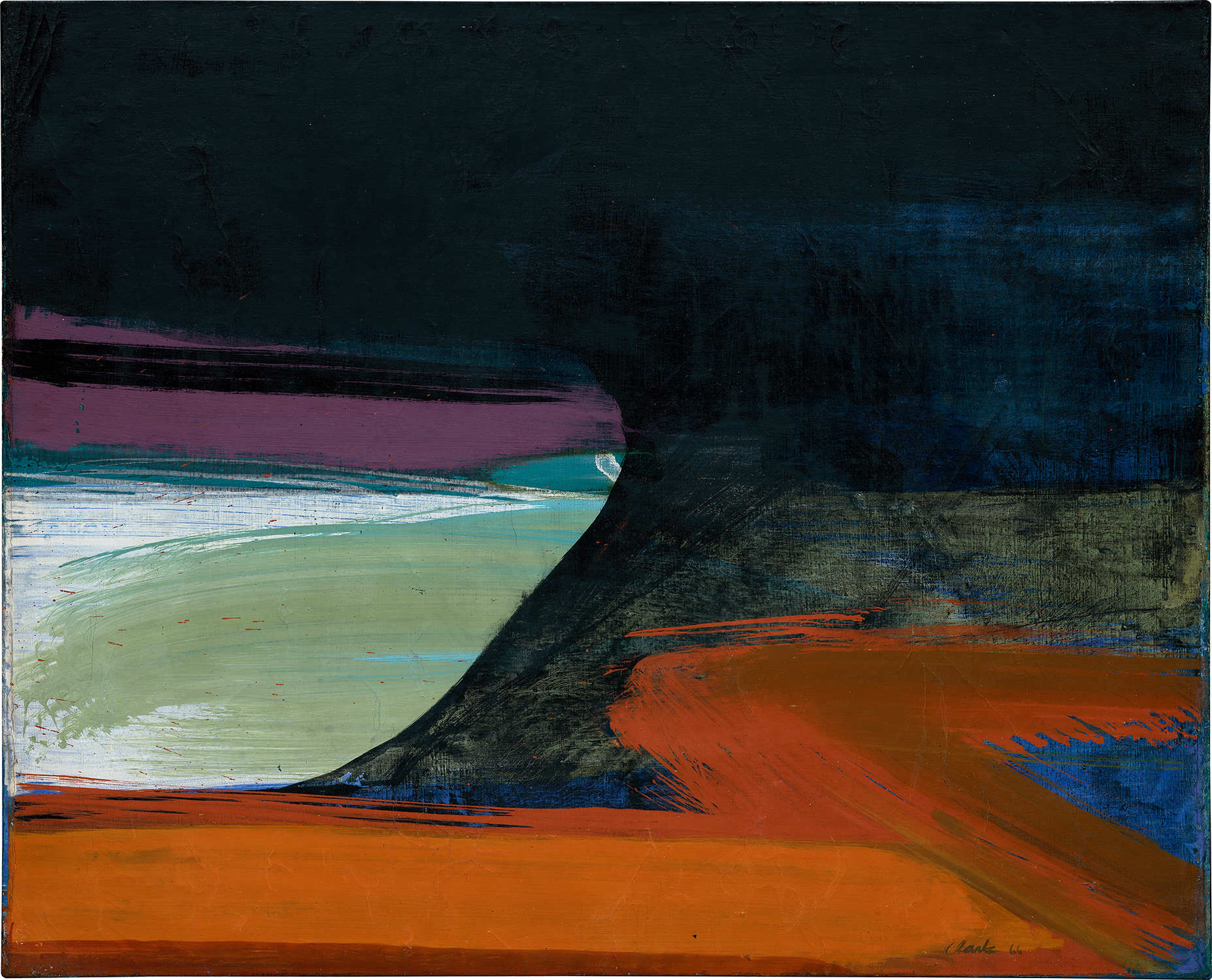

107
Ed Clark
Black Daylight
Further Details
Full-Cataloguing
Ed Clark
American | B. 1926 D. 2019Born in pre-Civil Rights era New Orleans, Clark joined the Air Force at age 17 and served in Guam during World War II. Afterwards, he utilized the GI Bill by enrolling in the School of The Art Institute of Chicago and later the Académie de la Grande Chaumière in Paris. Perceiving that his race would impact the future of his career less in France than in the United States – he noted that “The French never put race on ID cards”– Clark decided to reside in Paris even after the expiration of his GI bill before settling in New York in the late 1950s.
Though associated with Abstract Expressionism, Ed Clark continuously and audaciously transformed his artistic language over a career spanning six decades. His experiments with color, form, and shaped canvas are a testament to his restless inventiveness, a quality inspired by the cultures of the many places he’s resided in and traveled to, including New York, Paris, Morocco, Brazil, Greece, Yucatan, Martinique, Nigeria, and China. From his figurative works to his egg-shaped abstract pieces, Clark has always imbued his art with a delicate balance of colorful energy and peaceful tranquility.